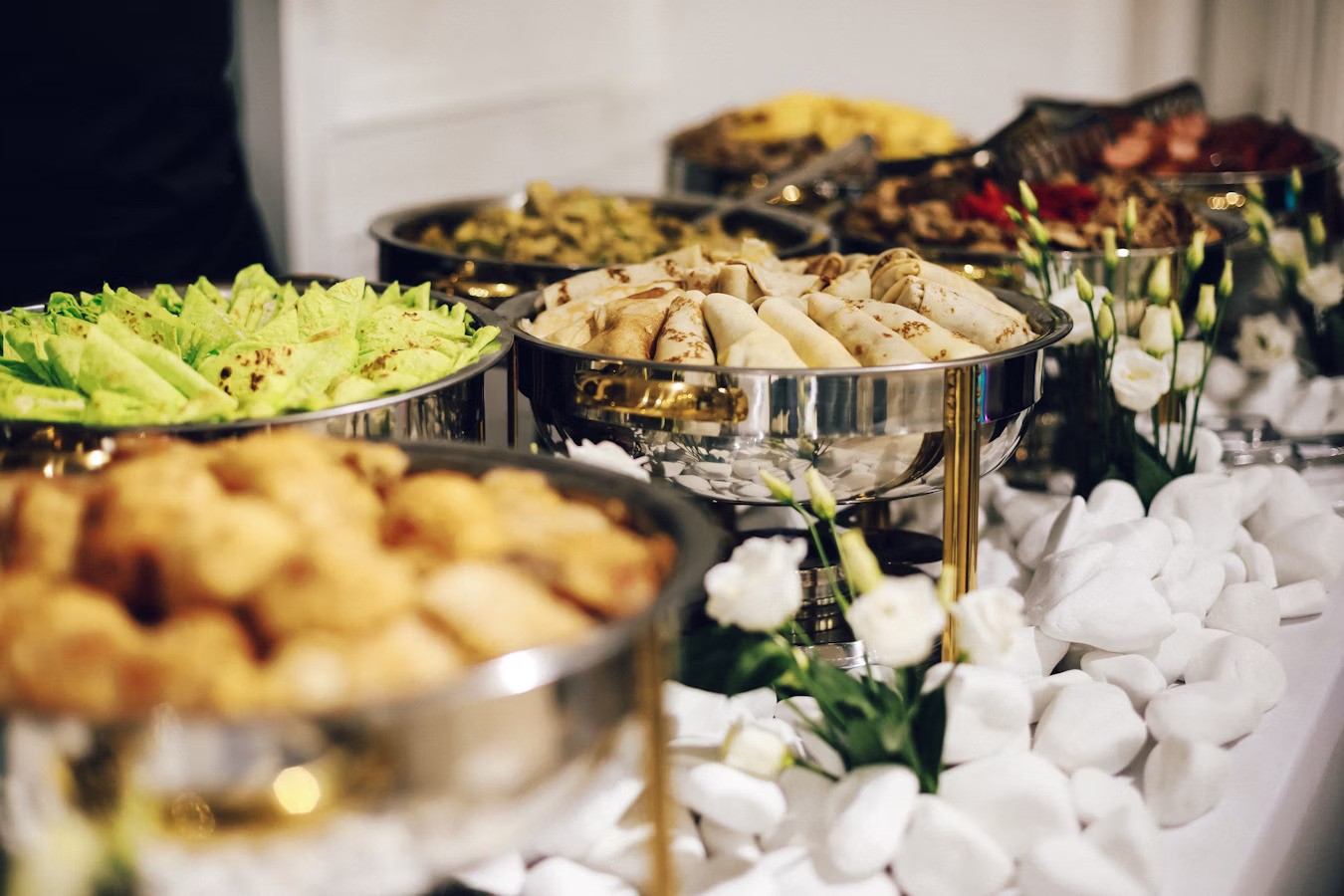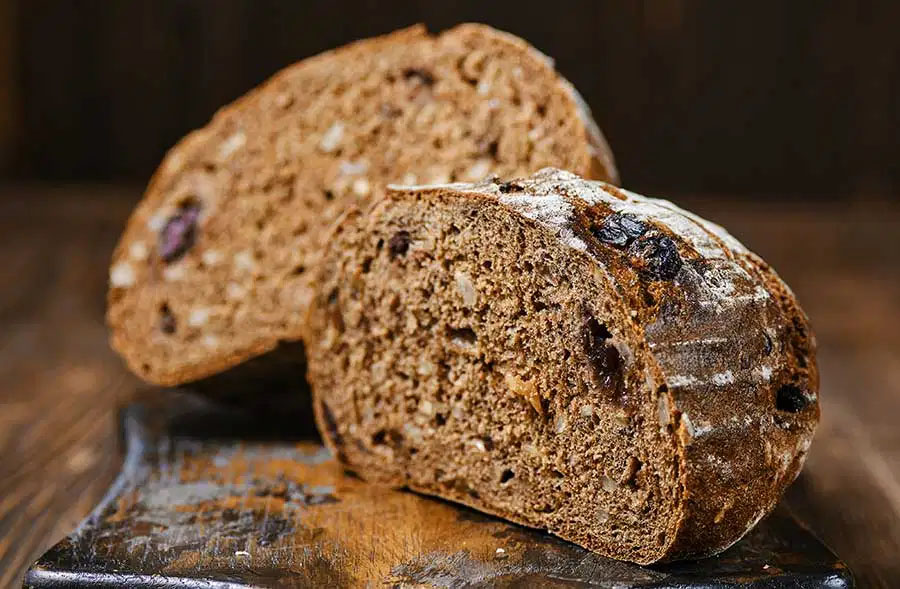Brown bread is one of those quiet triumphs in the kitchen. It doesn’t announce itself like a laminated pastry or a slow-fermented sourdough—but it’s the kind of bread people remember. Honest. Nourishing. Deeply nostalgic.
And while it’s rooted in simplicity, getting it right—consistently, at scale, and to professional standards—isn’t as easy as it looks. When done well, brown bread brings substance and soul to a bread basket, balances finesse with familiarity, and rounds out a menu with understated craft.
This isn’t a romantic ode to old recipes (though those matter too). It’s a practical breakdown of what makes a good brown bread—and how to bake it well in a modern kitchen, with the tools that support consistency, speed, and quality.
1. Ingredients: Keep It Simple, Get It Right
Great brown bread starts with humble ingredients, but there’s no room for compromise on quality.
-
Flour: Wholemeal provides richness, but a blend with strong white flour improves structure.
-
Fat: A little butter or oil lends softness; buttermilk adds tang and tenderness.
-
Sweetness: Molasses, treacle, or dark brown sugar work well in small amounts.
-
Salt: Essential—not just for taste, but for dough strength and structure.
Pro tip: Batch-weighing ingredients ensures consistency and reduces waste—especially useful in catering environments. Spiteri Catering stocks durable commercial-grade scales and mixing bowls designed for repeated daily use.
2. Process: Traditional, But Not Precious
Brown bread is refreshingly forgiving. It doesn’t require complicated shaping or fermentation—but it does require attention.
-
Don’t over-knead: wholemeal dough benefits from gentle handling.
-
Avoid rushing: allow time for proofing, especially in colder kitchens.
-
Cut or score the top: it’s not just decorative—it controls how the loaf expands in the oven.
-
Bake until the bottom sounds hollow when tapped, and cool fully before slicing.
Texture target: You’re aiming for a close, moist crumb—not overly open. Brown bread should slice cleanly and carry toppings well.
3. Equipment: The Right Tools for Reliable Results
When baking regularly or at volume, good technique needs the right support. Professional kitchens and bakeries rely on equipment that can handle the pace and pressure of service.
Here’s what makes a difference:
✔ Dough Mixer
Consistent mixing improves hydration, saves time, and reduces strain on staff. Ideal for medium to large batches.
✔ Bannetons
These traditional proofing baskets support the dough during fermentation and improve structure—especially useful if you’re baking shaped loaves or want a rustic finish. Spiteri Catering stocks a range of bannetons in different sizes and materials, ideal for both daily service and special bakes.
✔ Thermostats & Thermometers
Dough temp matters. A slight variation can affect rise, texture, and bake time. Digital probe thermometers or built-in thermostats help keep things precise.
✔ Plastic Proofing Containers
Clear, stackable, and space-saving. Ideal for storing doughs during bulk fermentation or overnight retarding. Look for versions with measurement markers and tight-fitting lids for consistent results.
✔ Proving Ovens (Retarder-Provers)
Essential for bakeries or high-output kitchens. Control temperature and humidity to ensure consistent proofing regardless of ambient conditions.
✔ Bakers’ Ovens
Not all ovens are built the same. Spiteri offers a wide selection of professional-grade bakers’ ovens, from compact units for restaurants to large-deck ovens for high-volume catering. The right oven gives you even bake, proper crust, and reliable output—day in, day out.
Workflow bonus: Investing in the right tools isn’t about speeding up the process—it’s about ensuring the process delivers consistent quality every time.
4. Presentation: Make the Simple Feel Special
Brown bread is never showy, but how you serve it can elevate the experience. Presentation is part of the story you’re telling—one of care, comfort, and craft.
Ideas for service:
-
Serve warm with whipped butter and sea salt flakes.
-
Slice thickly and pair with smoked fish, cured meats, or robust cheeses.
-
Use as a base for canapés or petit tartines.
-
Toast and top with seasonal produce for small-plate starters.
Serving insight: Wooden boards, ceramic slabs, or cast iron trays can elevate even the humblest slice. Spiteri Catering offers a wide range of presentation pieces designed to bring warmth and polish to plated bread.
5. Why Brown Bread Still Belongs on the Menu
Brown bread might not be trendy—but it endures. And that’s precisely the point.
It connects. It grounds. It reminds people of real food, made by hand. In a catering context, it offers contrast to refined pastries or modern flatbreads. On restaurant menus, it plays well against rich dishes or rustic accompaniments.
And most importantly: people eat it. They don’t push it aside or leave it for the birds.
Final note for caterers: When guests remember a meal, they often remember the bread. Especially when it’s warm, generously buttered, and just a little bit better than expected.
Let the Bread Speak for Itself
Baking good brown bread isn’t about reinventing it—it’s about doing it properly, consistently, and with purpose. Whether it’s part of a plated starter, a buffet, or a simple bread service, it reflects everything else on your menu: your standards, your style, and your attention to detail.
And if you need professional tools to support that process—from mixers and bannetons to proofing containers and bakers’ ovens—Spiteri Catering can quietly supply what you need to make great bread, batch after batch.


